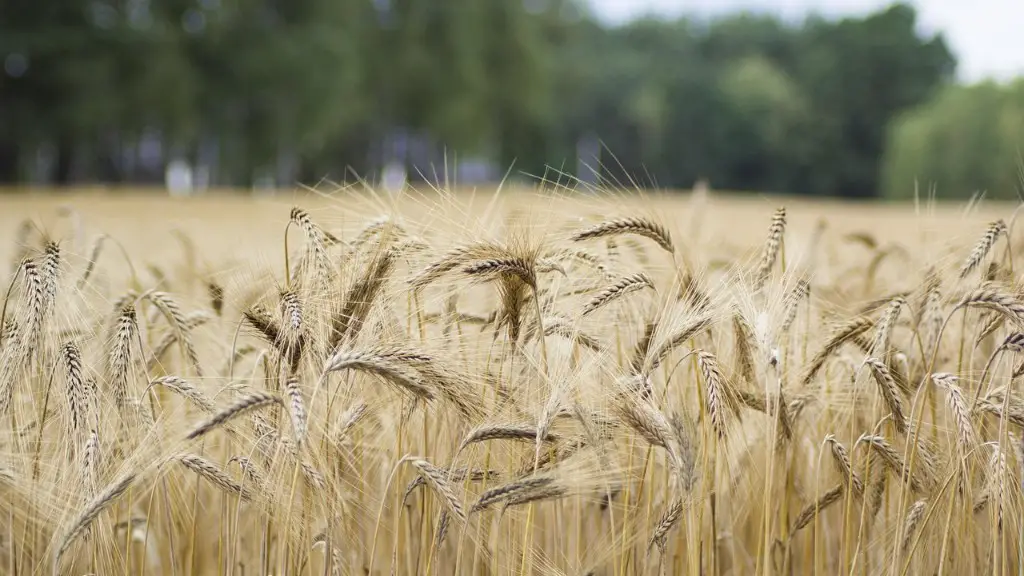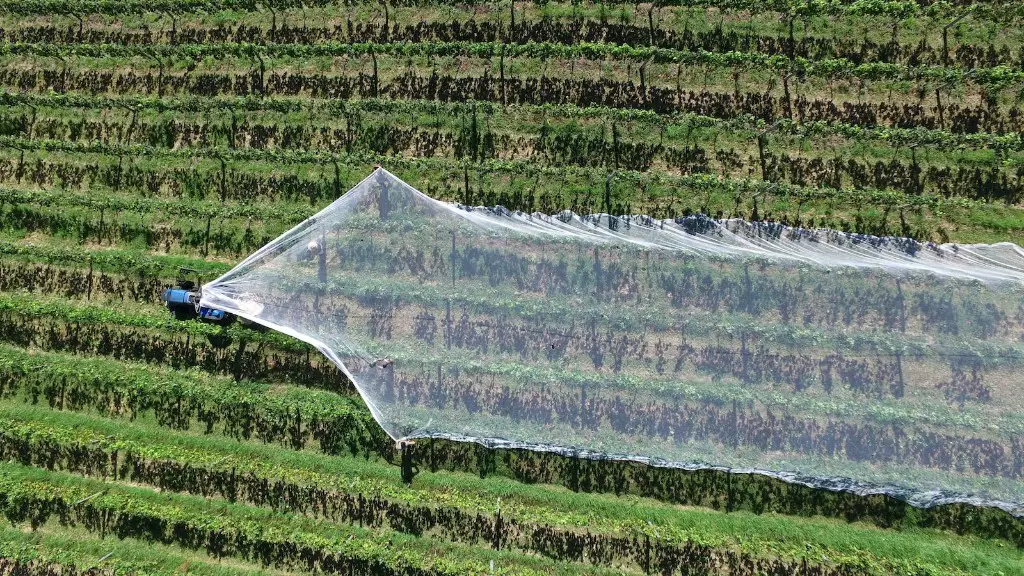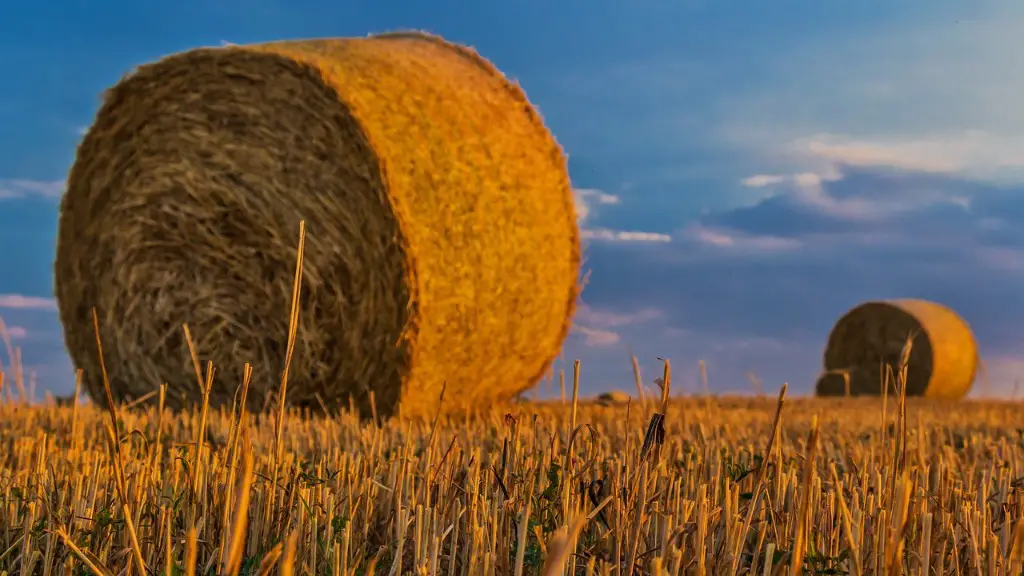The Agriculture Census is the most complete source of information on U.S. farms and ranches and the people who operate them. The Census is a complete count of U.S. farms and ranches and the people who operate them. The United States Department of Agriculture (USDA) conducts the Agriculture Census every five years, in years ending in “2” and “7”. The Census of Agriculture contains information on virtually every aspect of U.S. agriculture, from the number of farms and ranches to the production practices used on those farms. The Census also provides information on the demographics of farm operators, their land use and ownership, and their use of technology.
The Agriculture Census is a nationwide survey that provides data on farms and ranches in the United States. The census is conducted every five years, with the most recent one being in 2017. The census covers all aspects of agriculture, from production and economics to demographics and social trends.
What is census of agriculture?
The Census of Agriculture is taken only once every five years and provides critical data for America’s farmers and ranchers. The census looks at land use and ownership, operator characteristics, production practices, income and expenditures. This data is used to make decisions about programs and policies that impact farmers and ranchers. The census is also used to allocate federal funds for agriculture research, education and extension programs.
Census of Agriculture data is a valuable resource for farmers and agricultural businesses. The data can be used to make informed decisions about jobs, transportation, production practices, new technologies, marketing opportunities, farm services and programs, local, state, and federal policy, and more. The data is also useful for research and planning purposes.
When was the last US census of agriculture
The United States Department of Agriculture’s National Agricultural Statistics Service (NASS) publishes an annual procedural history of the census of agriculture. The most recent edition is the 2007 Census of Agriculture: History [PDF 296MB]. This document provides an overview of the methodology and procedures used in the most recent census of agriculture, as well as the history of the census of agriculture dating back to the first census in 1840.
If you don’t want to respond to the census, you can simply not respond at all. However, this violates the statute and you may be fined by the USDA. If you don’t respond, you may also receive duplicate copies in the mail, a phone call from the USDA, and possibly even an in-person visit.
What happens if I don t fill out the USDA census of agriculture?
The National Agricultural Statistics Service (NASS) will send reminder notices to those who do not respond to the Census of Agriculture and may attempt to contact those producers for a personal interview. Response to the Census of Agriculture is required by federal law.
The Agricultural Census is a quinquennial event that has been happening in India since 1970-71. It is organized by the Department of Agriculture and Farmers Welfare in collaboration with the States and Union Territories. The census is conducted as part of the World Census of Agriculture programme.
What are 3 reasons why the census is important?
Government agencies rely on census data to make informed decisions about enforcement of civil rights laws, voting rights, equal employment opportunities and protections. The data helps the government monitor compliance with these laws and ensure that everyone has the same opportunities.
The census is important because it provides vital information about who we are as a nation and where we are going. It helps our communities determine where to build schools, supermarkets, homes, and hospitals, and helps the government decide how to distribute funds and assistance to states and localities.
What are 2 reasons why the census is important
A census is an important tool that aids policymakers in making realistic development plans. It allows them to track the progress that has been made as a nation and helps to identify areas where further investment is needed. A successful census is a source of national pride.
Citations are important for keeping track of sources and for giving credit where it is due. However, it is important to note that citations are not always accurate, and that it is important to check the accuracy of a citation before using it.
How many years of agriculture do we have left?
The United Nations’ Food and Agricultural Organization has warned that if soil erosion continues at its current pace, the world could run out of topsoil in 60 years. This is a serious issue that needs to be addressed in order to ensure the long-term sustainability of our food supply. The FAO has urged governments to take action to reduce soil erosion, including by promoting sustainable land management practices and protecting natural vegetation cover.
Farms and ranches are a vital part of the agricultural industry. They provide the food and fiber that we need to survive. Without them, we would be lost.
Farming and ranching are tough jobs. They require a lot of hard work and dedication. But, they are also very rewarding. Seeing the fruits of your labor come to life is a feeling like no other.
Animals are a big part of farms and ranches. They provide us with food, milk, and other products. They also help us keep the land healthy and productive.
Plants are also a big part of farms and ranches. They provide us with food, fuel, and other products. They also help us keep the land healthy and productive.
Can you refuse to participate in the census
It is important to answer all questions on the census form in order to get an accurate picture of the housing situation across the country. However, you may decline to answer any or all questions if you wish. Keep in mind that each question not answered will lessen the quality of the final results.
The census is important for understanding the demographics of a population. The data collected helps to determine things like funding for school districts and infrastructure. It’s important to answer the census honestly and to the best of your ability. Refusal to answer the census or giving false answers comes with a fine.
Do I have to complete the census?
It is very important to fill out the census so that the US government can get an accurate count of everyone residing in the United States. This data is used for a variety of things, including determining how many congressional seats each state gets. An accurate census count is essential for our democracy to function properly.
The Agriculture Census is the primary source of data for agricultural land in India. The data is collected following two broad approaches; in States where comprehensive land records exist (Land Record States), data is collected and compiled through re-tabulation of information available in the Village Land Records. In other States (Non-Land Record States), the data is collected through field level surveys.
Final Words
The United States Department of Agriculture’s National Agricultural Statistics Service (NASS) conducts an agricultural census every five years. The census gives us an important snapshot of American agriculture and how it has changed over time. It is the only source of uniform, comprehensive, and continuous data about the agricultural sector of the U.S. economy.
The agriculture census is the most recent comprehensive census of agriculture in the United States. The census is taken every five years, in years ending in “2” and “7”. The agriculture census is a joint effort of the U.S. Department of Agriculture’s National Agricultural Statistics Service (NASS) and the U.S. Census Bureau.





